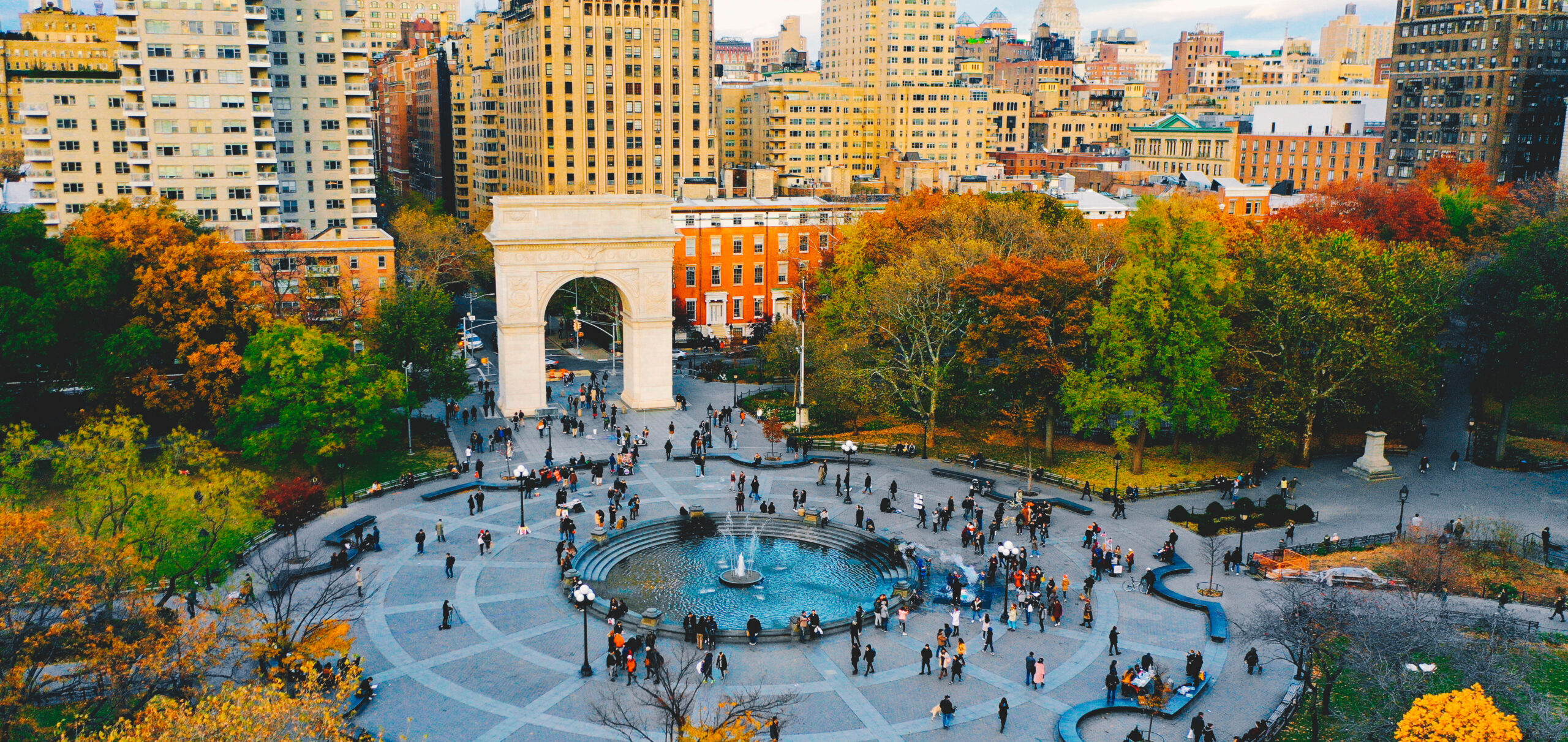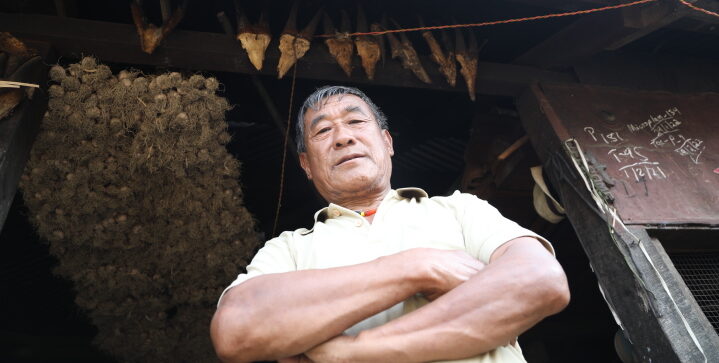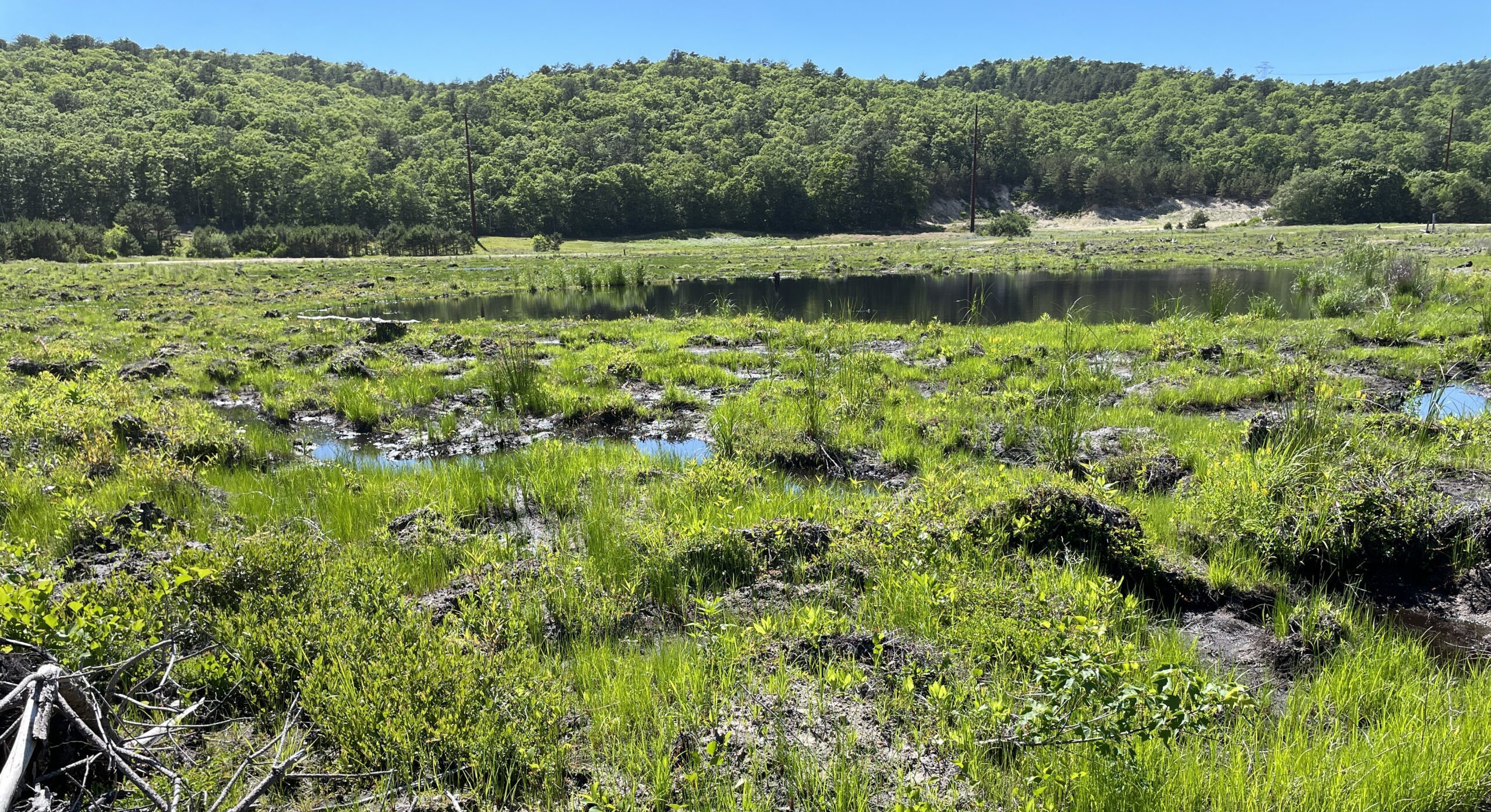When Emma Klein went to pick up her family’s Christmas tree one morning in early December, she wasn’t getting just any tree. She was picking up the same Norway spruce her family celebrated with last year, and every year since 2018.
That’s because Mr. Sparkles — a moniker bestowed on the tree by Klein’s three-year-old daughter — is alive. The evergreen is growing in a pot, and is one of about 1,000 living trees London Christmas Tree Rental has available to rent each holiday season.
Klein’s family started renting from the company when she was looking for an eco-friendly alternative to the traditional options of an artificial or a real, cut tree. Each year, up to eight million cut holiday trees are sold in the United Kingdom and between 25 and 30 million are sold in the United States, most of which are discarded by early January. London Christmas Tree Rental and other similar initiatives offer a twist on the annual holiday tradition by providing living trees. These pot-grown evergreens can be used for multiple holiday seasons, and even go on to be planted in the ground after they outgrow their celebratory years.

“Why cut down the tree in the first place and recycle it when actually you could just reuse it?” says Jonathan Mearns, co-founder and director of London Christmas Tree Rental.
For environmentally-minded consumers, choosing the greenest holiday centerpiece option can be confusing. Artificial trees have the benefit of being reusable. However, they typically are made of plastic and steel — two materials that are carbon-intensive to produce. Most artificial trees are made in China, so they rack up more of a footprint because of shipping. An artificial tree would need to be used for between seven and 20 years to match the impact of annual cut trees, according to the Carbon Trust. And artificial trees are often not recyclable.
Real trees, in contrast, sequester carbon as they grow. After a tree is cut, it’s usually replaced with new saplings, which will continue to capture carbon. Tree farms also offer other environmental benefits, like habitat for birds and pollinators. But the plantations are generally limited to only a couple of tree species, and some use pesticides that can be damaging to biodiversity.
“It’s a farm,” says Paul Caplat, an ecologist at Queen’s University Belfast. “It’s not a forest.”
The biggest factor determining a real tree’s carbon footprint is what happens to it after the holidays, according to Caplat. If a tree ends up decomposing in a landfill, it releases methane, a greenhouse gas up to 80 times more potent than carbon dioxide. The Carbon Trust estimates that a real tree’s carbon footprint is as much as 80 percent lower if it is instead chipped and used as mulch. Many municipalities, organizations and businesses offer recycling programs, and trees can be used to restore habitat or feed goats.
Still, as Mearns observed piles of spent trunks on the sidewalk in London early one January, he thought that there must be another option. That inspired him and his business partner to launch London Christmas Tree Rental. They started in 2018, offering 30 live trees. Over the years, they’ve ironed out kinks — like determining Norway spruces to be the most pot-friendly varietal — and grown to have about 1,000 trees.
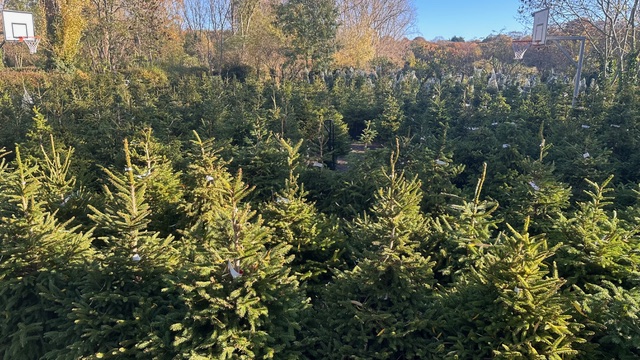
When a real tree is cut down, Mearns notes, that’s the end of its life. But the living trees can be available for up to eight holiday seasons.
Each year in early December, Mearns and his team set up four pick-up points around London, arranging the living spruces in mini forests. Children of repeat customers, like Klein, search the dense rows for their familiar tree. Over the three-and-a-half weeks the trees spend in homes, renters are responsible for keeping them watered. Then they drop them back off at collection points in early January.
Crushed by negative news?
Sign up for the Reasons to be Cheerful newsletter.For the other 11 months of the year, the trees live on farms in the Cotswolds, hooked up to irrigation systems. The trees are only repotted once, when they grow from three feet to four feet, to make room for their roots. Most trees are retired around the time they reach seven feet tall, according to Mearns, and they are planted on the farm.
Local variations on rental options are available in many regions. In Edmonton, capital of Alberta, Canada, a farm rents out living spruces and scotch pines. At one California tree rental company, customers can opt for “Charlie Brown” options that have a bit more character. A San Jose urban forestry organization rents out saplings at the holidays, then plants them in the surrounding area.
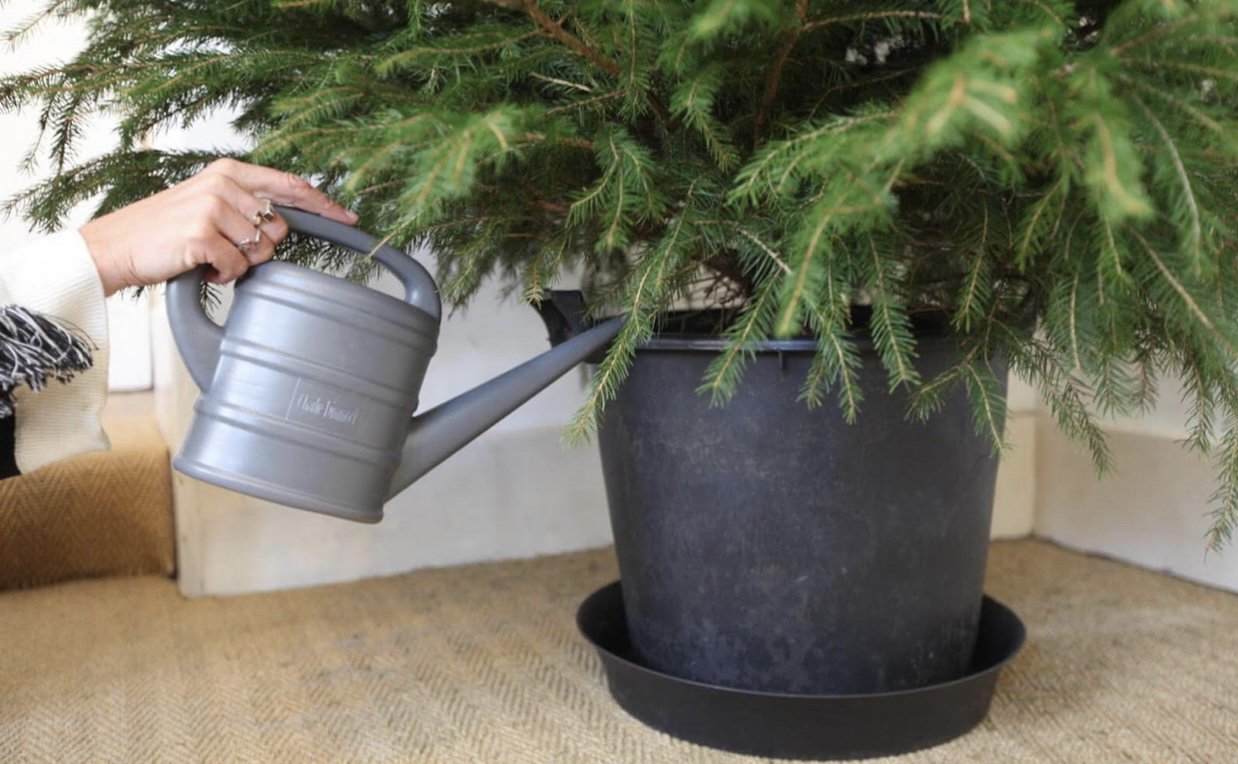
Andy Finton, a forest ecologist at The Nature Conservancy, sees benefits to renting a living holiday tree, or buying one and keeping it in a pot on a terrace or yard.
“In the scheme of ‘reduce, reuse, recycle,’ you’re literally reusing, which is pretty impressive,” he says.
A living Christmas tree, like any tree, is sequestering carbon. But Finton notes that there are practical challenges to renting live trees. A seven-foot-tall evergreen with roots and soil is heavy to move around. Trees in pots also need watering and care to stay healthy. While living trees may be a good fit for some people, he expects that they will remain a niche in the holiday tree market.

In the scheme of greenhouse gas emissions, holiday trees are a “drop in the ocean,” notes Caplat. But every effort helps. And he sees promise in repurposing living holiday trees by planting them in appropriate places.
“Saving on the carbon emissions and possibly helping to capture more by increasing tree cover, that’s something that we all strive to do,” Caplat says. “Doing it while people have Christmas trees at home is a great idea.”
For Klein, watching the same tree grow along with her daughter has been a special experience. Her daughter, now eight, looks forward to welcoming Mr. Sparkles to their home every year.
“It’s a really great thing to know that your traditions are helping the world, even if it’s in a really small way,” Klein says.





